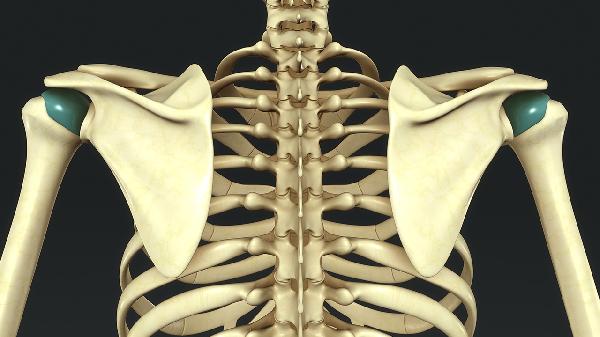You might think you're crushing your workout routine, but some common exercise habits could be stealthily sabotaging your joints without you even realizing it. From skipping warm-ups to overdoing high-impact moves, these sneaky behaviors might be setting you up for long-term wear and tear. The good news? A few simple tweaks can keep you moving pain-free for years to come.
The Warm-Up Skippers Club
Rolling straight into your workout without warming up is like revving a cold engine—it's begging for trouble. Your joints rely on synovial fluid (nature's WD-40) to lubricate movement, and that fluid needs time to circulate properly. A proper dynamic warm-up increases blood flow, boosts flexibility, and preps your nervous system for action. Try leg swings, arm circles, and bodyweight squats for 5-10 minutes before hitting it hard. Your future self will thank you when you're still doing box jumps at 50 without creaking like an old floorboard.
Weekend Warrior Syndrome
Cramming all your exercise into two intense weekend sessions after being sedentary all week is basically sending your joints into shock. This feast-or-famine approach leaves cartilage unprepared for sudden demands, increasing injury risk. Spread your activity throughout the week—even short daily walks help maintain joint health. If you must go hard on weekends, at least throw in some mid-week mobility work to keep the machinery oiled. Remember: consistency beats intensity when it comes to joint preservation.
Form Faux Pas
That slightly-off squat form you've been getting away with? It's quietly writing checks your knees can't cash. Poor technique shifts stress to vulnerable areas—like letting your knees cave inward during lunges or rounding your back during deadlifts. Work with a trainer periodically to check your form, or film yourself to spot imbalances. Pro tip: if you can't maintain proper form through a full set, lighten the load. Ego lifting leads to orthopedic bills—not gains.
Concrete Jungle Running
Pounding pavement day after day delivers repetitive impact that can wear down joints over time. Mix up your surfaces—trail running forces varied movements that distribute stress differently, while track surfaces offer more cushioning. Better yet, cross-train with swimming or cycling to give your joints a break while maintaining cardio fitness. If you're married to road running, invest in quality shoes and replace them every 300-500 miles before the cushioning gives out.
Recovery? Never Heard of Her
Treating rest days like weakness invites joint rebellion. Recovery is when your body repairs micro-damage from exercise—skip it, and inflammation builds up like compound interest. Incorporate active recovery (yoga, walking), prioritize sleep (when cartilage repairs itself), and don't neglect post-workout nutrition. Hydration matters too—dehydrated cartilage is like dry rubber, more prone to cracking. Listen to your body: if a joint keeps complaining, it's not being lazy—it's sending an SOS.
The key to joint-friendly fitness isn't avoiding movement—it's moving smarter. By ditching these harmful habits, you'll build strength without sacrificing longevity. After all, the real flex isn't how much you can lift today, but how well you can move decades from now. Keep these adjustments in your back pocket, and you'll be the one still crushing workouts while your peers are scheduling knee replacements.
























